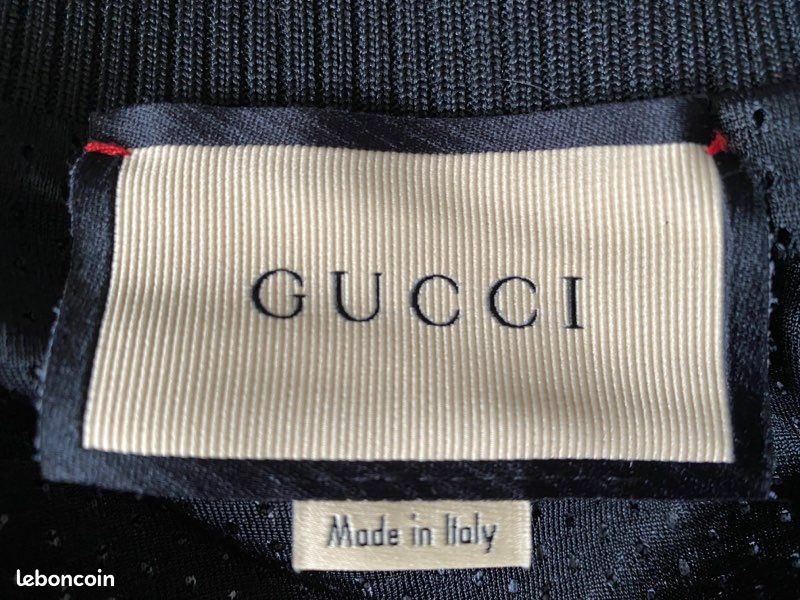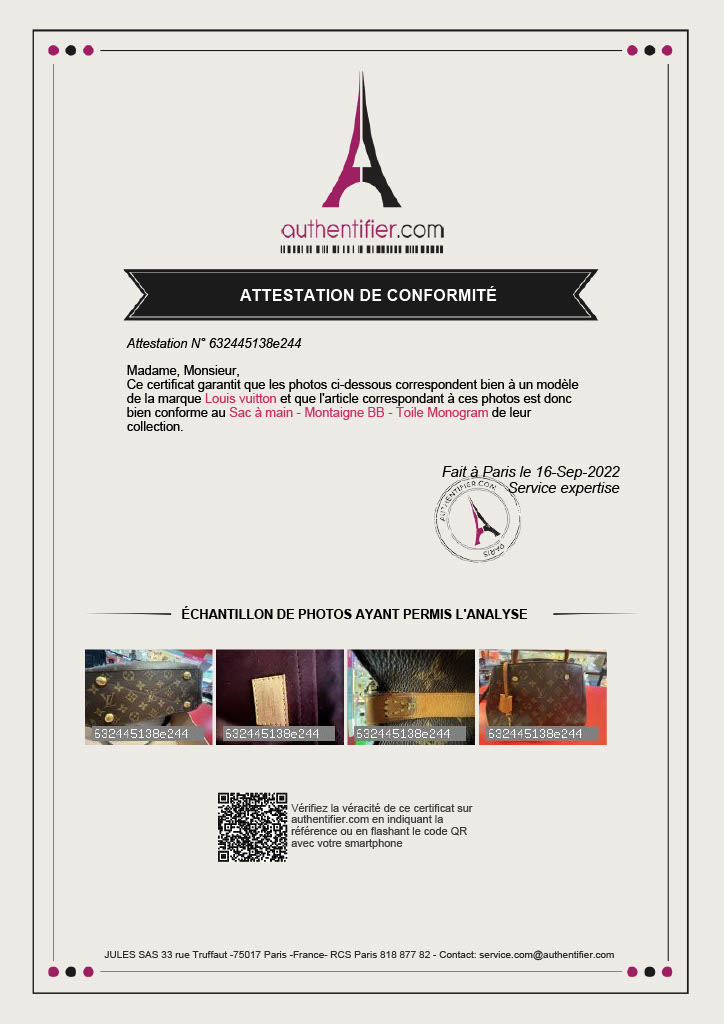Gucci, between tradition and modernity

beautiful inspiration
When creation adapts?
A reputation without borders
The equestrian universe will remain a source of inspiration during the 1950s, which will witness the birth of the green-red-green stripe which comes directly from the traditional counter-sanglon. This stripe is still inseparable from the brand today. This decade is also that of the opening of boutiques in Milan and New York, which gave Gucci an international presence and a stature as a symbol of contemporary luxury. When Guccio Gucci died in 1953, his sons Aldo, Vasco, Ugo and Rodolfo took over the business.
The 1960s marked time in the relationship between the brand and the celebrities of the time. Indeed, Gucci products were quickly renowned for their timeless lines, and cherished by stars of the heyday of Hollywood and Cinecittà, but also by the nascent Jet Set. The success is such that the creations themselves become stars. For example, the classic Gucci moccasin, adorned with the iconic horsebit, which entered the permanent collection of the Costume Institute of the Metropolitan Museum of Art in New York. But also the famous Flora printed silk scarf created for the Princess of Monaco, at the personal request of Grace Kelly.
During the 1970s, the brand expanded to the Far East with boutiques that flourished in Tokyo and Hong Kong. The brand became famous for its unique blend of bold innovation and legendary Italian craftsmanship. Gucci icons were reinvented and declined in multiple shapes and colors, from simple suede branded with the GG logo, to the most luxurious materials used, for example, to make fine crocodile coats with silver belt buckles in the shape of snake head.
Gucci links past, present and future
The very first Gucci fashion show was born in 1981, in the city where the brand was born. The revival of the big house came when Tom Ford became creative director of Gucci in 1994. He infused the luxury brand with a sense of audacity and provocation that found an immediate echo in the world of glamor. and fashion. Stiletto heels and low-cut silk jersey dresses adorned with metallic details became overnight emblems of Ford's seductive and prestigious vision. In 1999, Gucci forged a strategic alliance with Pinault-Printemps-Redoute and transformed itself from a single-brand company into a multi-brand luxury group.
The extraordinary global success of Gucci contributes to the brand being considered the most desirable luxury brand on the planet. Exploring Gucci?s unparalleled heritage and relying on the consummate art of in-house artisans, Frida Giannini, the newest artistic director, has created an exclusive vision for Gucci, blending past and present, history and modernity. Under the direction of Frida Giannini, a great current of fresh air comes to rejuvenate the tradition of innovation of the house and to give it a new breath.
Gucci continues to focus its efforts on strengthening the values that have helped build its enviable reputation, based on almost 90 years of history: exclusivity, quality, "made in Italy", Italian craftsmanship, and dominance in the world of fashion. fashion. Distinguishing it from its competitors, Gucci has the advantage of being able to claim the positioning of its brand, combining modernity and heritage, innovation and craftsmanship, highlighting trends and sophistication.
The Florentine Maison launched two projects in early 2010 based on the concepts of respect and care for others, two values that are part of Gucci?s DNA. A global environmental program to reduce its impact on the environment and the launch of the first Gucci children's collection, which further intensifies the brand's reputation for quality and relevance, being exclusively "made in Italy".





